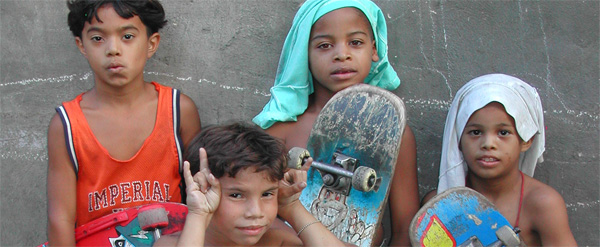|

Research on “City, cultures and everyday practices” seeks to understand the importance of the illicit, sometimes illegal ways urban planning is used and common ways of reappropriating space on a daily basis, as well as the many ways in which city dwellers play the role of builders – true “makers” of their city – on a daily basis. – See research –
Beyond its shape and material conditions of its production, the city today is as much a social and cultural environment as a built one. In other words, a space, a society, a culture – or the chance meeting between a society and spatialized culture in an (un)certain space.
These “everyday practices,” or arts de faire, this savage but urban thinking, this culture at once popular, pop and poor, with as many different consumer practices as creative, anti-consumer, ideological ones. It is this ensemble of activities that cannot be defined in a single word, that authors like Henri Lefebvre call “daily life” before making a modern critique of it.
In the 20th century we would have dared to speak of working-class culture, perhaps even proletarian culture. Today, it seems more appropriate to talk about “popular cultures,” though in reality the actors are still the same—those who, though seemingly powerless in their daily lives, manage to create and express new ways of living and inhabiting the city, its neighborhoods, streets, squares and the public space, transforming the urban space temporarily or permanently, legally or illegally, through habitual or out-of-the-ordinary means. This is also how allotment gardens, skate parks and terrains vagues are created.
Ultimately, these are all tactics of resistance and diversion, of savoir-faire dictated by practical intelligence that opposes planning strategies and policies that fragment urban areas and divide human society into scattered pieces.
|